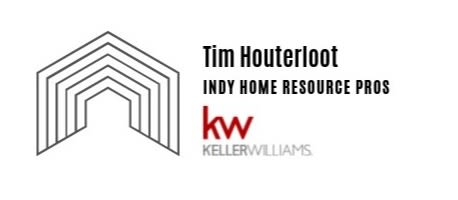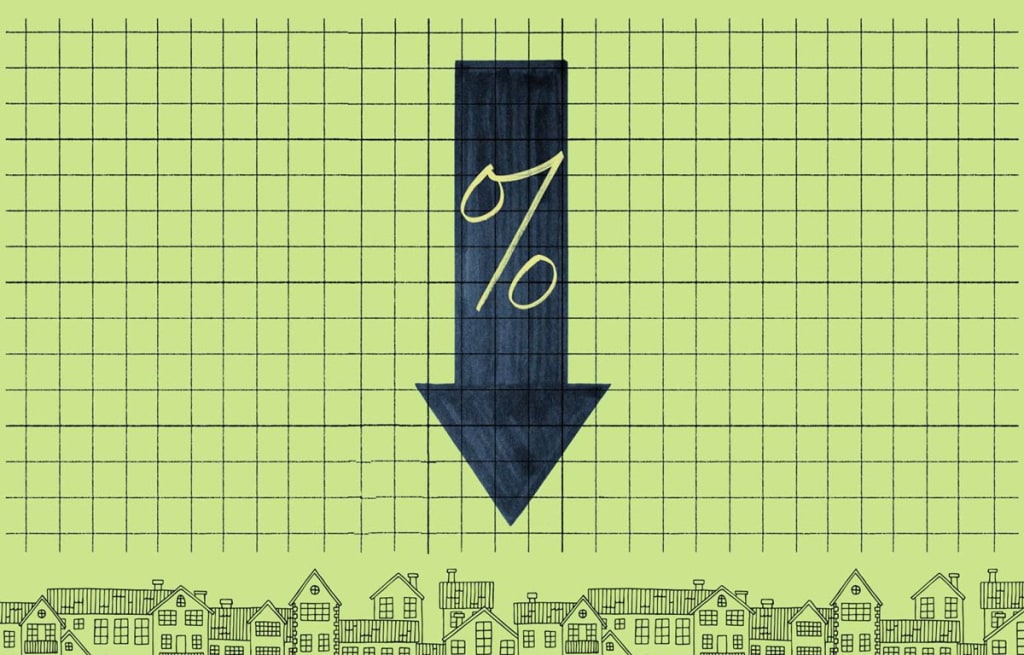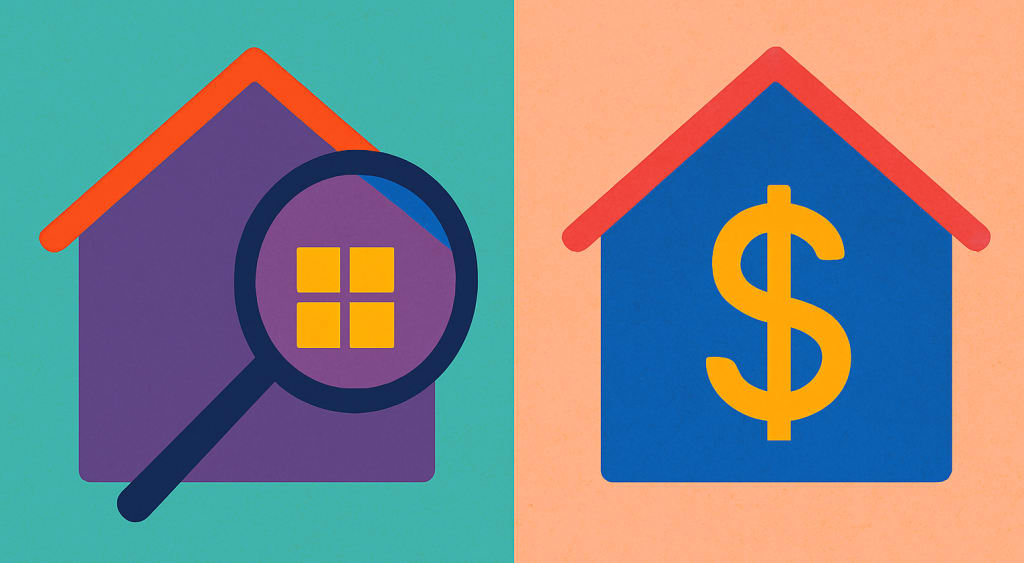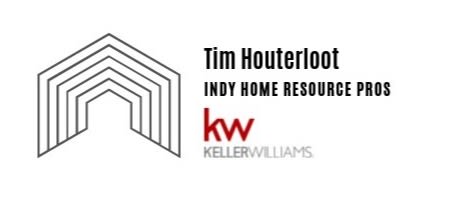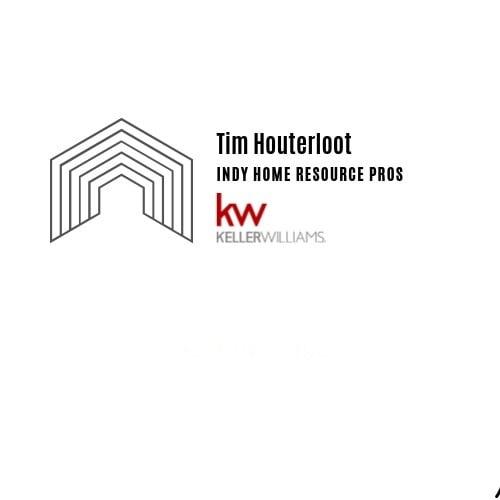Insurance can be confusing, but it plays a major role in protecting your biggest investment — your home. One of the most important (and often overlooked) details is how your policy pays out after a loss: Actual Cash Value or Replacement Cost. Understanding the difference can save you thousands of dollars — and major stress — when the unexpected happens.
Tim Houterloot
Actual Cash Value vs. Replacement Cost: What Every Indiana Homeowner Should Know
In Central Indiana, homeowners face a range of weather risks — hailstorms, heavy winds, ice damage, and the occasional tornado. If your home or belongings are damaged, your insurance policy’s payout structure will determine whether you can fully recover — or face a financial shortfall.
Let’s explore the two most common types of coverage — Actual Cash Value and Replacement Cost — and how they impact your financial recovery.
1. Actual Cash Value (ACV): The Budget-Friendly Option — With a Catch
Actual Cash Value policies reimburse you for the value of your damaged or stolen property after accounting for depreciation. That means the older the item, the less money you’ll receive.
Real-World Example:
You purchased a new furnace 10 years ago for $4,000. If it gets damaged by a power surge, an ACV policy might only reimburse you $1,000 or $1,500 — the depreciated value — leaving you to cover the rest out of pocket.
When It Makes Sense:
You’re looking to keep monthly premiums low
You’re insuring an older home or belongings you can afford to replace gradually
You’re planning to self-insure for smaller losses
Biggest Risk:
The gap between the payout and the actual cost to replace your items can be substantial — especially with inflation and rising material costs.
2. Replacement Cost Coverage: Peace of Mind at a Premium
Replacement Cost policies cover the full expense of replacing or repairing damaged items with new ones of similar kind and quality — no depreciation deductions.
Real-World Example:
That same 10-year-old furnace damaged in a storm. With Replacement Cost, your policy would pay for a new one — likely $4,500 to $5,500 in today’s market — helping you get back to normal faster.
When It Makes Sense:
You want full protection with fewer out-of-pocket costs
You own newer or high-value items
You’re in a newer or recently updated home
You value financial peace of mind during a claim process
Things to Consider:
3. Hybrid Coverage Is Common — Know What’s Included
Many homeowners are surprised to learn that insurance companies often mix the two:
Your home’s structure is covered at replacement cost
Your personal belongings (furniture, appliances, clothing) are covered at actual cash value
This hybrid model may save you money, but it can also leave gaps in coverage — especially for expensive electronics, appliances, or jewelry. You may want to explore an endorsement to upgrade personal property to replacement cost as well.
Tip: Ask your insurance agent if your contents are covered under RC or ACV. You may need to opt in for full protection.
4. How This Affects Central Indiana Homeowners
In growing communities like Fishers, Westfield, and Noblesville, homes are rapidly appreciating in value — and so is the cost to rebuild or repair. Labor shortages, supply chain issues, and inflation have driven up construction and material costs, meaning a small insurance gap can become a major financial burden.
Consider This:
Are your coverage limits high enough to fully replace your home?
Are your belongings — from furniture to electronics — covered for their actual cost to replace or just their depreciated value?
When was the last time you reviewed your policy?
These are crucial questions to ask before you file a claim — not after.
5. Key Takeaways: How to Choose the Right Coverage
Factor | Actual Cash Value (ACV) | Replacement Cost (RC) |
|---|
Premium Cost | Lower | Higher |
Claim Payout | Depreciated value | Full replacement cost |
Out-of-Pocket Risk | Higher | Lower |
Best For | Budget-conscious homeowners | Full financial protection |
Common Pitfalls | Surprise shortfalls after claims | Requires accurate coverage limits |
Questions to Ask Your Agent:
Is my home insured for replacement cost or actual cash value?
What about my personal belongings?
Are there any exclusions or limitations I should know about?
How often should I update my coverage amount?
6. Final Thought: Review Before You Renew
Insurance is not a one-and-done decision — it’s something you should review annually, especially as home values and material costs change. Whether you're a first-time homebuyer in Central Indiana or a long-time homeowner, understanding your policy now can prevent financial stress later.
Need a Local Expert to Guide You?
As a real estate professional who lives and works in Hamilton County, I not only help clients buy and sell — I also connect them with trusted insurance experts who can make sure their coverage fits their home and lifestyle. If you’re unsure where your policy stands, I’d be happy to help you get clarity.

